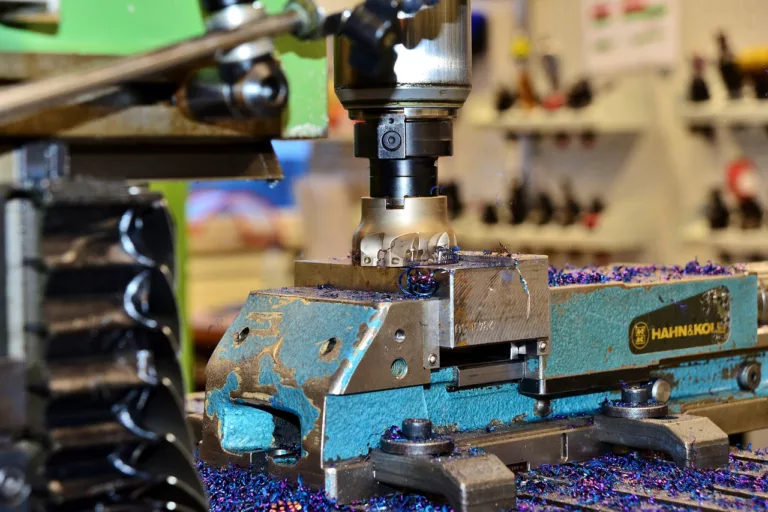Building a Reliable PLC Control System: Best Practices and Tips
In today’s industrial landscape, the reliability and performance of Programmable Logic Controller (PLC) control systems are paramount. Whether in manufacturing, process automation, or infrastructure management, a robust PLC control system ensures seamless operation and optimal efficiency. In this guide, we will delve into best practices and tips for building a reliable PLC control system, highlighting the role of PLC programming companies and system integrators in its development and implementation.
Understanding the Fundamentals of PLC Programming
At the core of every reliable PLC control system lies meticulous programming. PLC programming companies specialize in developing custom logic and control algorithms tailored to the specific requirements of industrial applications. When embarking on a PLC control system project, it is essential to define clear objectives, functional requirements, and performance criteria. By collaborating closely with a PLC programming company, stakeholders can ensure that the PLC system is designed to meet the unique needs of their operation, whether it involves discrete manufacturing, continuous process control, or motion control applications.
Selecting the Right PLC Hardware and Components
The reliability of a PLC control system heavily depends on the quality and suitability of its hardware components. When selecting PLC hardware, it is essential to consider factors such as processing power, input/output (I/O) capabilities, communication protocols, and environmental conditions. PLC system integrators play a crucial role in evaluating different hardware options and recommending the most suitable components for the application. By leveraging their expertise, stakeholders can ensure that the chosen PLC hardware meets performance requirements, withstands harsh operating environments, and integrates seamlessly with existing infrastructure.
Designing Redundancy and Fault-Tolerance Mechanisms
To enhance reliability and minimize downtime, redundancy and fault-tolerance mechanisms should be incorporated into the design of a PLC control system. PLC programming companies employ various strategies, such as redundant PLCs, hot standby configurations, and fault-tolerant network architectures, to mitigate the impact of component failures and communication errors. By designing a resilient architecture with built-in redundancy, stakeholders can safeguard critical operations and ensure continuous operation even in the event of hardware or software failures.
Implementing Robust Cybersecurity Measures
In today’s interconnected world, cybersecurity is a critical consideration for PLC control systems. PLC programming companies prioritize the implementation of robust cybersecurity measures to protect against unauthorized access, malicious attacks, and data breaches. Security features such as access control, encryption, intrusion detection, and network segmentation help safeguard PLC systems from cyber threats. By partnering with experienced PLC system integrators, stakeholders can ensure that their control systems adhere to industry best practices for cybersecurity and comply with relevant regulations and standards.
Conducting Rigorous Testing and Validation
Before deploying a PLC control system in a production environment, comprehensive testing and validation are essential to identify and rectify potential issues. PLC programming companies conduct thorough testing, including functional testing, performance testing, and system integration testing, to verify the reliability, functionality, and safety of the control system. Through rigorous testing and validation processes, stakeholders can gain confidence in the stability and performance of their PLC control system, reducing the risk of unexpected failures and ensuring smooth operation in real-world scenarios.
Conclusion
In conclusion, building a reliable PLC control system requires careful planning, meticulous programming, and collaboration with experienced PLC programming companies and system integrators. By following best practices such as understanding the fundamentals of PLC programming, selecting the right hardware components, designing redundancy and fault-tolerance mechanisms, implementing robust cybersecurity measures, and conducting rigorous testing and validation, stakeholders can create a robust and resilient control system that delivers optimal performance, efficiency, and safety. With the expertise and guidance of trusted partners, organizations can harness the full potential of PLC technology to drive innovation and success in their operations.















